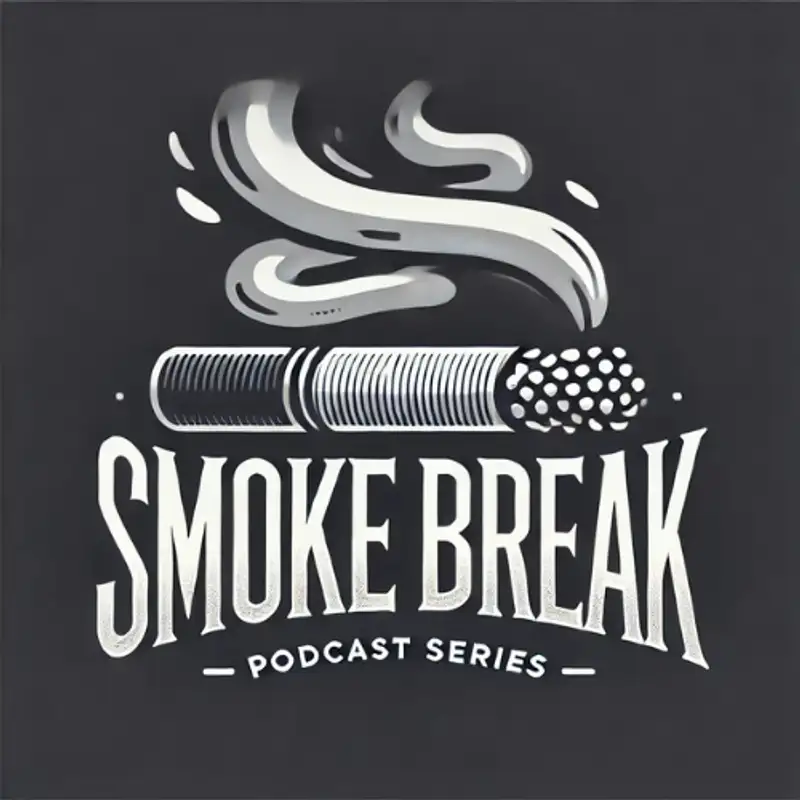Episode 17 - Temperature Control: The Hot and Cold of Food Safety
Episode 17 - Temperature Control: The Hot and Cold of Food Safety
Hey Store Manager! Mike back with you on "Smoke Break." Today we're diving into temperature control - one of the most critical aspects of food safety. Get this wrong, and you're not just risking violations - you're risking customer health.
You know that feeling when you open a cooler and it feels warm? That pit in your stomach is your instinct telling you something's wrong. Let's make sure you never ignore that feeling.
First up - know your zones. Cold foods need to stay at or below 41°F. Hot foods need to stay at or above 135°F. The space between? That's the danger zone, where bacteria love to grow. The less time food spends there, the safer your customers are.
Your coolers and freezers are your first line of defense. Every one of them needs a thermometer - and not just the built-in ones. Use separate thermometers to verify temperatures. Check them at least twice daily, once in the morning and once during your shift change.
Here's something many stores miss - food product temperature checks. Use a probe thermometer for ready-to-eat foods. Clean and sanitize it between uses. Keep logs of your checks. If you're serving hot foods like pizza or roller grill items, check them hourly.
Power outages happen. Have a plan. Know how long your coolers can maintain safe temperatures without power. Mark the time when the outage starts. If temperatures rise into the danger zone, you'll need to throw products out. Yes, it hurts, but it's better than making someone sick.
Let's talk about ice cream. Your freezer should keep it at 0°F or below. Soft ice cream? That's a sign your freezer's struggling. Don't wait for complaints - act as soon as you notice any temperature issues.
Question: Why is it important to check food temperatures at different points throughout the day rather than just once?
Think about it. The answer? Temperatures can fluctuate based on door openings, equipment performance, and outside temperatures. Multiple checks help catch problems before they become critical.
Your action item for this week: Create a temperature check schedule for every piece of cooling equipment in your store. Include what needs to be checked, when, and by whom. Start using it tomorrow.
Don't forget to hit subscribe for more "Smoke Break" episodes. Share these tips with other managers - we all win when food stays safe.
For more great content about running a safe and compliant store, visit cstorethrive.com.
That's all for today, Store Manager. Next time, we'll tackle facility maintenance and sanitation. Until then, keep those temperatures right and your food safe!

